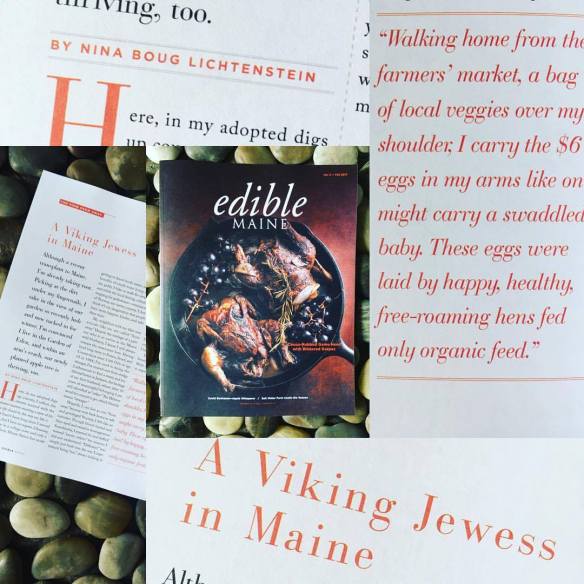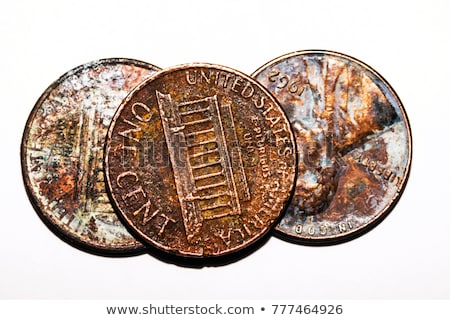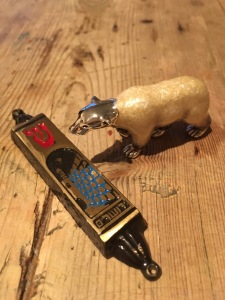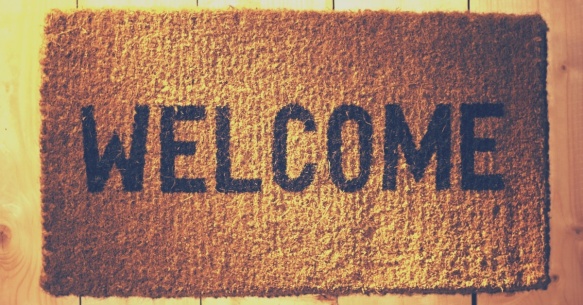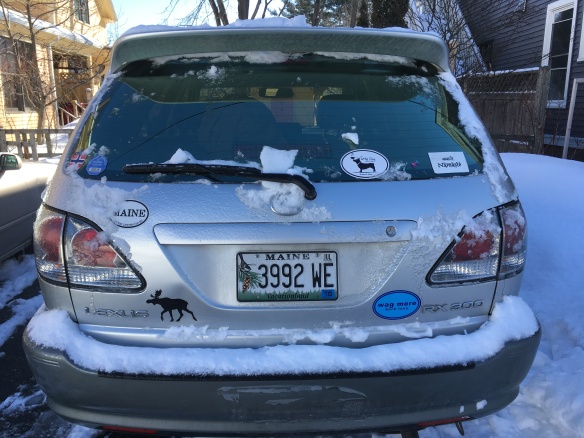Hi there! It’s been a while. Yup, so goes life.
For the recording of my LIVE storytelling on Let’s Talk About Food, about my wild Passover granola adventure in 2008, click on this link You can always fast forward to about 43 minutes where my story begins, and lasts for about 10 min. (many other good stories both before and after, too!)
For those of you who prefer to read my story rather than watch/listen, I’ll be adding the written version of it below.
So, Passover is fast approaching (April 8-16), and I am so excited to be eating matzah (unleavened bread eaten by Jews during passover) again.
Not.
My newfound low-carb diet does not go over well with this carb-bomb, however, considering these toilet-paper deprived Covid-19 times, did you hear what they’re saying about the benefits of matzah?

ANYWAY.
I am happy to share the recipe to Tammy’s Passover the Granola, a scrumptious, wholesome Passover treat.
Make your peeps happy by making a batch or two of this yummy kosher for Passover granola. (and when you listen to or read my story, you will learn why THIS recipe and THIS Tammy is so special to me)
Wishing a Happy Passover to everyone who celebrates ~
Tammy’s Passover the Granola
2/3 cup butter – melted
2/3 cup honey mixed in w butter
1 lb whole wheat matzah farfel
3 tsp cinnamon
A pinch or two nutmeg
1 1/2 cups almonds, chop after measure
1 1/3 cups raisins
***
You can replace raisins and nuts with chocolate chips
Add raisins or choc chips after granola is baked, while it is still warm.
Bake at 350 degrees for 15 min, stir, then 10 more minutes until golden
Store in an airtight container.
*********

